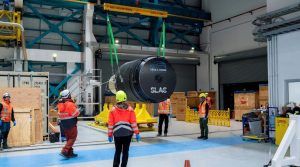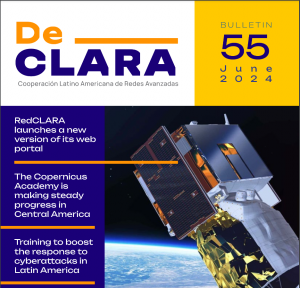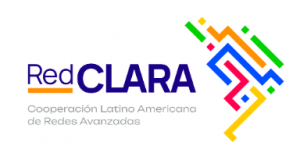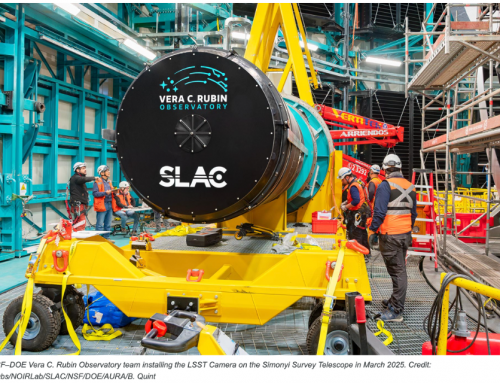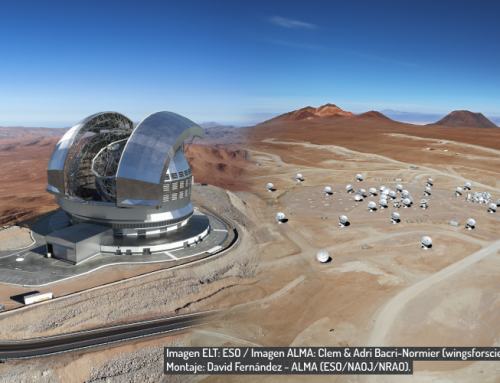|
|
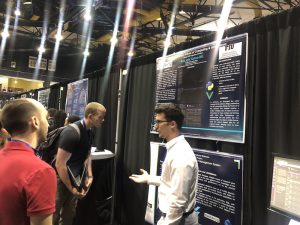 AmLight Kytos-ng students showcased their capstone project at the FIU CEC Senior Design Project Showcase
AmLight Kytos-ng students showcased their capstone project at the FIU CEC Senior Design Project Showcase
April 2024
AmLight Kytos-ng students showcased their capstone project at the Spring 2024 FIU CEC Senior Design Project Showcase. Each student applied the Kytos-ng SDN platform to build their capstone project. The students joined the Kytos open-source community and were mentored at CIARA by professional software developers and network engineers. This biannual event at FIU’s Ocean Bank Convocation Center features nearly 400 senior engineering and computer science students presenting their projects to over 900 attendees, including community members, executives, and recruiters. The Kytos SDN Platform is the fastest way to deploy an SDN network, allowing for easy deployment of a basic OpenFlow controller or a custom controller. Designed to be user-friendly and powerful, Kytos facilitates the development and sharing of Network Apps (NApps) and fosters a community of developers creating new applications that benefit from the SDN paradigm … Read More
|
|
 Supporting Production Science at Major Facilities by Leveraging Research and Education Networks
Supporting Production Science at Major Facilities by Leveraging Research and Education Networks
June 25, 2024
CI Compass hosted a webinar that highlighted how the NSF’s International Research Network Connections (IRNC) program and other cyberinfrastructure initiatives have fostered a globally connected science ecosystem. It showcased partnerships between Research and Education (R&E) network operators that expanded networks to support multi-Gbps connectivity for remote science instrumentation and communities. The presentation emphasized the cost-effectiveness of R&E networks for transporting science data to U.S. data processing centers and featured examples of successful collaborations demonstrating the unique capabilities of R&E networks in supporting major facilities’ production science … Read More
|
|
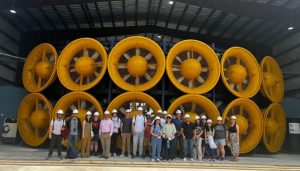 NSF ACCESS STEP Workshop at FIU: Training Future Cyberinfrastructure Experts
NSF ACCESS STEP Workshop at FIU: Training Future Cyberinfrastructure Experts
May 2024
In a packed and productive May, the ACCESS Operations team conducted its second cohort of the Student Training and Engagement Program (STEP-1) at Florida International University from May 13-24. Fifteen students participated in this intensive training program, aimed at exploring careers in cyberinfrastructure. The students received comprehensive training in Computational Infrastructure and Tools, encompassing a range of essential topics. They delved into AI and machine learning (ML), examining ML applications and key resource providers. The curriculum also included practical insights into cluster computing, high-performance computing (HPC), and high-throughput computing (HTC), alongside an overview of computational infrastructures (CI) … Read More
|
|
 Patagonia Project connects southern tip of continent with R&E Networks
Patagonia Project connects southern tip of continent with R&E Networks
February 2024
The Southern Macrozone of Chile, encompassing one-third of the country’s surface, holds significant scientific potential with both national and global impact, particularly in addressing the Climate Crisis with its unique geographical features such as the Ice Fields, Antarctica, and subantarctic regions. Historically, this region has been disconnected from Global Research and Education Networks. To address this, the Chilean National Research and Development Agency (ANID) and the Chilean NREN, REUNA, launched the Patagonia Project. With an initial investment of around $900,000, the project aims to enhance connectivity for knowledge-generating institutions by implementing two Points of Presence (PoP) in Coyhaique and Punta Arenas, thus increasing the digital infrastructure coverage by 42%. The project benefits universities, vocational training centers, and research centers in Chilean Patagonia and seeks to connect international scientific agencies based in Punta Arenas. The first PoP was inaugurated in Coyhaique in September 2022, with the Punta Arenas node expected in early 2024. Paola Arellano, Executive Director of REUNA, highlighted the project as a pivotal step towards integrating the region’s scientific and educational digital infrastructure with global networks, including future connections to Antarctica … Read More
|
LSST Camera Arrives at Rubin Observatory in Chile, Paving the Way for Cosmic Exploration May 24, 2024 The world’s largest astrophysics camera, the 3,200-megapixel LSST, has arrived at the Vera C. Rubin Observatory on Cerro Pachón in Chile. Built at SLAC National Accelerator Laboratory and funded by the U.S. Department of Energy and the National Science Foundation, this breakthrough instrument will commence the Legacy Survey of Space and Time (LSST) in late 2025. Over ten years, it will capture detailed time-lapse images of the Southern Hemisphere sky, offering unprecedented insights into the Universe. The LSST Camera, which boasts a field of view seven times wider than the full Moon, will aid in exploring dark matter and dark energy, mapping the Milky Way, studying the Solar System, and observing variable celestial objects … Read More English | Spanish
July 1, 2024 The 55th edition of the DeCLARA Bulletin, RedCLARA’s quarterly publication, is now available online, highlighting several key initiatives. It covers the progress of the Copernicus Academy implementation in Central America and RedCLARA’s efforts to create a digital ecosystem through the BELLA II Project. The edition also introduces the revamped portal of the regional network. Additionally, the bulletin includes a comprehensive report on the LA-CoNGA Physics Project, which has completed its first cycle and is planning future advancements. DeCLARA, developed by RedCLARA’s Communications and Public Relations Department, delves into the events, initiatives, and key figures of the advanced regional network, aiming to foster science, education, technology, and innovation in Latin America and the Caribbean by strengthening national research and education networks … Read More
|


